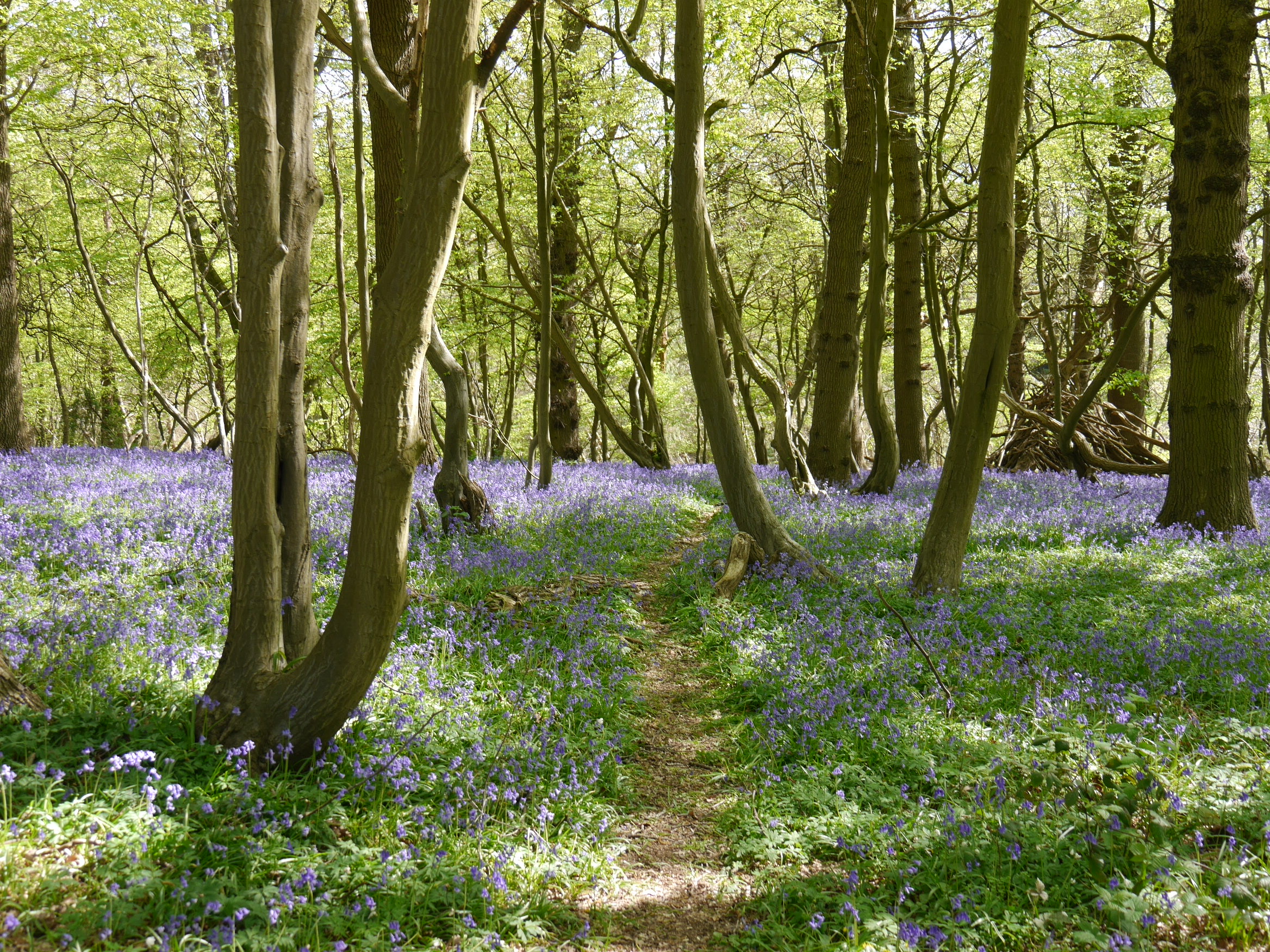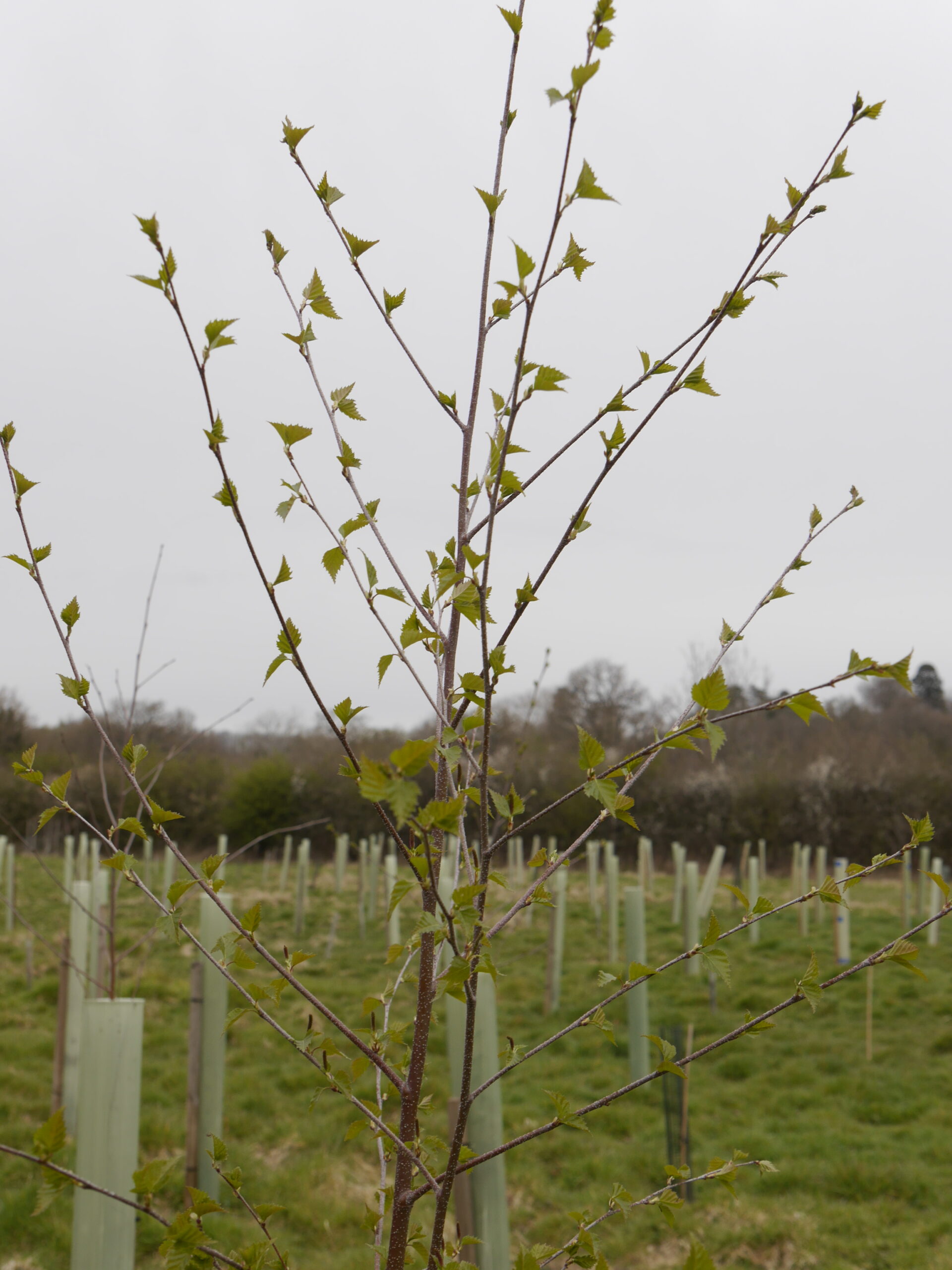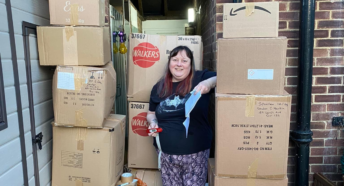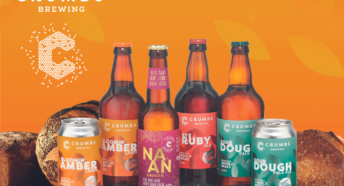Surrey Countryside Champions - Surrey Tree Wardens
As the most wooded county in England, our Surrey Tree Wardens have a really important job looking after our trees. Nurturing our trees and the unique habitats they support is key to combating climate change.
We spoke to Liz Ramsay, Surrey Tree Warden, to find out more about the work Tree Wardens do and how we can support them.
1. Thank you for taking the time to talk to us. Please can you summarise who you are and what you do?
Surrey Tree Wardens are eyes and ears for all things trees in their local area. They are volunteers working under the auspices of the charity The Tree Council. Some volunteer as individuals; some are part of a local Tree Warden group.
2. What does being a Tree Warden entail?
You are a volunteer Tree Champion. In many ways, it is up to you how much you do and what you do. It might mean planning tree and hedge planting schemes; or managing a local community woodland. Perhaps you are finding locations for street tree planting which then have to be agreed with the Surrey Highways department. Tree care is very important – new trees have to be watered and weeded in the first few years. Other Tree Wardens organise bluebell walks, or seed gathering activities. Others again are on the look out for tree pests and diseases. And there are always tree surveys to be done in your local area, whether that’s surveying veteran and ancient trees; or looking at hedges to determine what state they are in. There is no shortage of activities to be involved in.

3. Why is it important for Surrey to have Tree Wardens looking out for our trees?
Someone has to! Trees need all the care they can get. Surrey Council has committed to planting 1.2 million trees by 2030 – one for every resident. So, there is tree planting to be done. But all trees, and newly planted ones especially, need care in the early years if they are to flourish. Watering is needed in our drier summers, and weeding to help a good root system develop. People need to know about trees in their patch – the services they provide, like shade and water uptake. Then there is also the wonder and mystery of trees: the stories they might tell, and the beauty they give.
4. How does the work you do support the Surrey countryside?
Surrey is the county with the most trees in England, but these trees still must be nurtured. Many miles of hedgerow have been lost in the past few decades; hedgerow trees have died or been felled; ancient woodlands have been lost or are uncared for; veteran and ancient trees, some hundreds of years old, are unrecognised and neglected. There is no shortage of things Tree Wardens can be involved in.
5. Surrey Tree Wardens are all volunteers. What inspired you to give up your time to support the Tree Council?
Trees are fundamental to the two profound problems of our age: nature and wildlife recovery and dealing with the climate emergency. Britain is the most nature depleted country in Europe: we have lost so much wild space and the flowers, birds and insects that used to survive there. We must restore places for nature, and that in itself will help in the goal of reducing carbon emissions. So much of it starts with trees.
And on a practical level, the Tree Warden scheme is a local one, but also a national one. It combines local projects to do with trees, along with a national support network with training sessions, forums, and meetings with interesting speakers.

6. We’ve got a lot of unique and ancient trees in Surrey, how important are they to our ecosystem?
Ancient trees especially support a vast amount of life – mammals, insects, birds, and fungi. They are living monuments, and things of wonder and beauty. Veteran trees are usually slightly younger than the ancients but still have a vital role in a local ecosystem. Ancient and veteran trees now get some protection in law and the planning system, but unless you know where and what they are, that protection may be ineffective. Finding and registering these trees is vital. Of course, trees age at different rates. A birch may be ancient if it reaches 100 years. An oak would be in its infancy! Oaks can be up to 800 or 900 years old. There are fine Surrey ancient oaks in Lingfield and Addlestone, and many other places too.
Yews are often even older. The oldest tree in British is reckoned to be the Fortingall Yew in Perthshire – perhaps 4000 years old. No one knows for sure. In Surrey, there’s the magnificent Ankerwyke Yew in Runymede, perhaps a silent witness to the signing of Magna Carta by King John. It could be over 3000 years old. Other awe-inspiring Surrey yews are in churchyards in Tandridge, Ewhurst, and Dunsfold. And the Waverley Abbey Yew was voted Tree of the Year in 2022 in a vote organised by the Woodland Trust.
7. How can people and Surrey residents support the work you do and protect our local trees?
Become a Tree Warden yourself, it is up to you how much time and effort you devote to it, or you could contact our Secretary.
The Surrey Tree Warden website will give more information and for the national picture, the Tree Council website.
8. Your team does amazing work. When you take a break what’s your favourite Surrey greenspace to explore?
I live in the village of Nutfield in the east of Surrey. In 1998, the Tree Wardens organised and planted a new community woodland, Philpotes Wood, to celebrate the Millennium. And in 2021, we did the same in another spot to celebrate the Jubilee. I like nothing better than to walk in these spaces and watch how the trees have grown. The first is now a maturing woodland with a meadow full of wildflowers alongside. The second suffered badly in last summer’s drought, but even so, some of the trees are now through the deer guards: a new woodland is underway.









